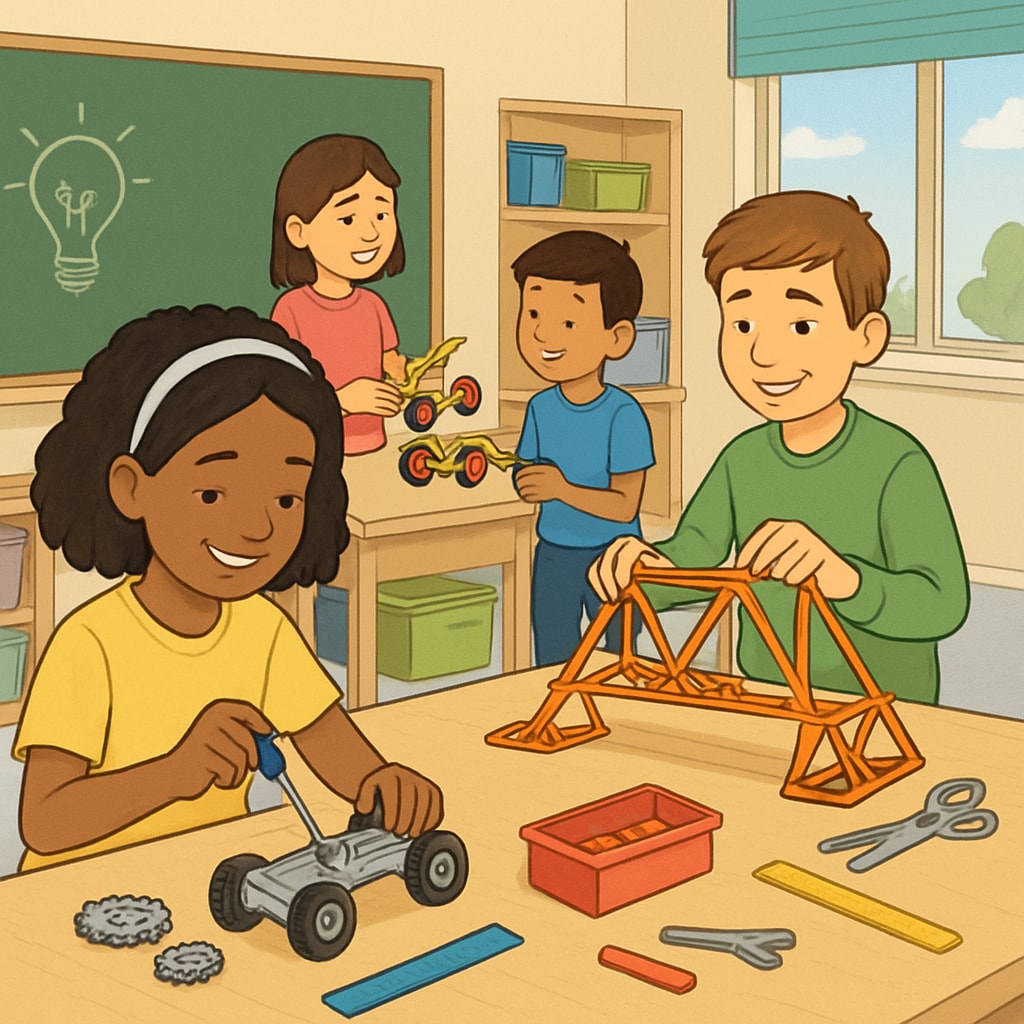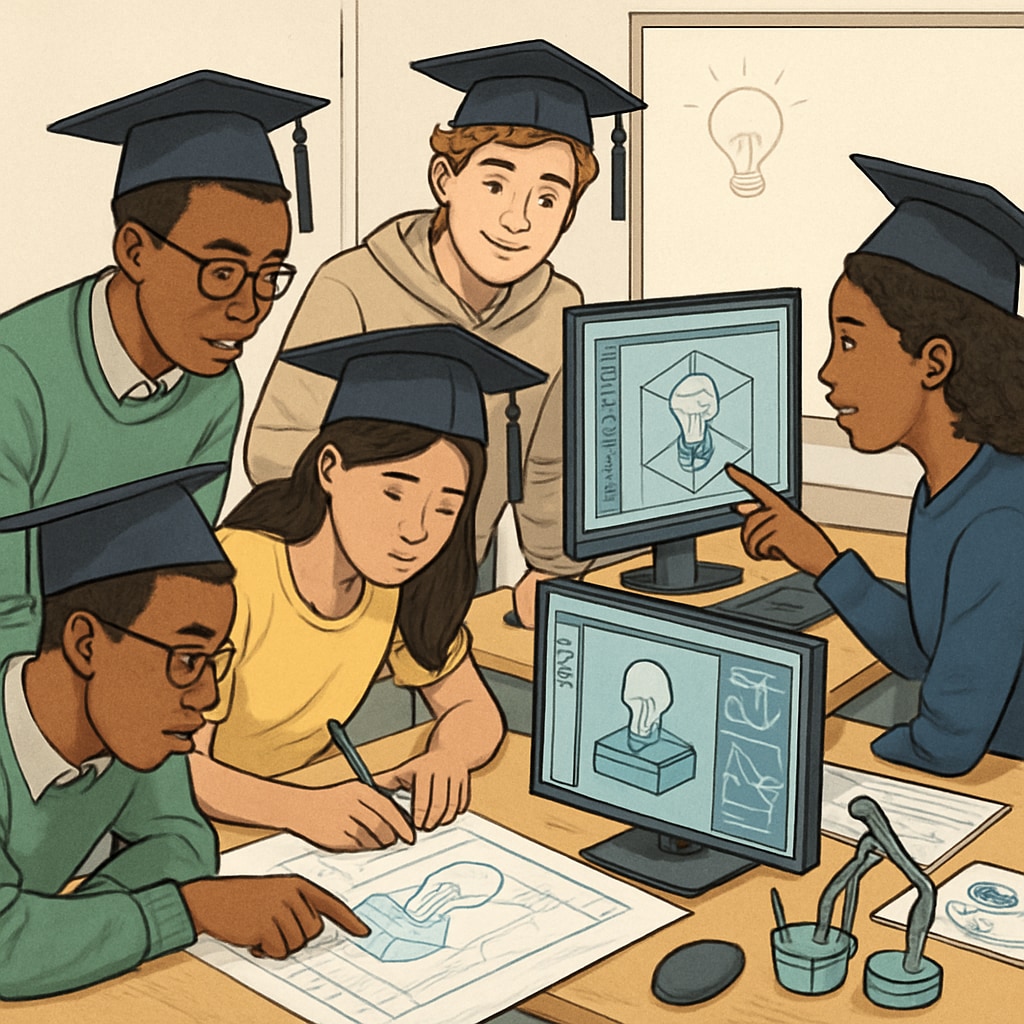Design engineering, master’s degree, career development are critical intersections where K12 students can begin shaping their futures. As the demand for skilled engineers grows globally, early guidance helps students understand the academic and professional pathways available in this exciting field. By exploring the value of advanced degrees and cultivating foundational skills during primary education, students are better prepared to pursue successful careers in design engineering.
Why Early Guidance in Design Engineering Matters
Introducing K12 students to design engineering concepts can spark interest and provide clarity about career possibilities. Early exposure to the principles of engineering design—including problem-solving, creativity, and collaboration—builds a strong foundation for academic success. Moreover, understanding the importance of advanced degrees, such as a master’s in design engineering, allows students to make informed choices about their educational journey.

Academic Pathways: Bachelor’s vs. Master’s Degree in Design Engineering
One of the pivotal decisions students face is whether to pursue a bachelor’s degree or continue to a master’s program in design engineering. While a bachelor’s degree often provides a general overview of engineering principles, a master’s degree delves deeper into specialized skills such as advanced design methodologies, systems thinking, and industry-specific applications.
For example, a master’s degree can open doors to career opportunities in cutting-edge fields like sustainable engineering and artificial intelligence. It also allows graduates to take on leadership roles within organizations or pursue academic research. According to Britannica’s overview on engineering, higher education in engineering often leads to greater career prospects and earning potential.

Building Core Skills During K12 Education
To prepare for higher education and eventual careers in design engineering, K12 students need to develop core competencies early. Skills such as critical thinking, teamwork, and digital literacy are essential in this field. Schools can foster these abilities through hands-on activities, STEM (Science, Technology, Engineering, and Math) programs, and extracurricular initiatives.
For example, participation in robotics clubs or coding workshops can help students gain practical experience with engineering tools. Additionally, project-based learning encourages students to apply theoretical knowledge to real-world challenges. Teachers and parents should also emphasize the importance of curiosity and lifelong learning as essential traits for future engineers.
Career Development: Transitioning from Education to Employment
Once students have completed their academic journey, transitioning into the workforce requires strategic planning. Networking, internships, and certifications are valuable tools for bridging the gap between education and employment. Organizations such as the IEEE (Institute of Electrical and Electronics Engineers) provide resources for aspiring engineers, including mentorship opportunities and professional development programs.
Moreover, understanding industry demands can help graduates tailor their skills to meet employer expectations. For instance, proficiency in software like AutoCAD and SolidWorks is highly sought after in design engineering roles. By staying updated on technological trends and participating in continuous learning, young professionals can secure rewarding positions in this dynamic field.
In conclusion, guiding K12 students toward careers in design engineering involves a combination of early exposure, strategic academic planning, and skill development. With the right support, students can navigate the complexities of higher education and dive into fulfilling careers that shape the future.
Readability guidance: Utilize short paragraphs and clear headings to improve readability. Incorporate lists where appropriate, and maintain a balance between academic and accessible language. Use active voice predominantly and distribute transition words evenly throughout the text.


